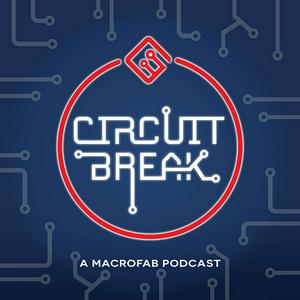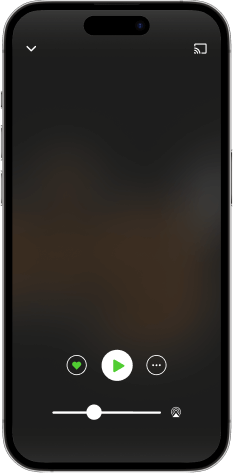In this episode of Circuit Break, Parker Dillmann and Stephen Kraig delve into the fascinating and somewhat humorous topic of hot dog conductivity. They explore an in-depth study conducted by Seth Jenkins, Neil LaTourette, and Brendan Liverman on how boiling time affects hot dog conductivity. The hosts also discuss the historical Presto Hot Dogger, community experiments involving hot dogs, and various methods of cooking hot dogs, all while interspersing their own anecdotes and insights. This episode is a blend of scientific curiosity and light-hearted banter, making for an entertaining listen.Key Discussion Points:Introduction to hot dog conductivity and its surprising properties.Shout out to Seth Jenkins, Neil LaTourette, and Brendan Liverman for their 2007 study on hot dog conductivity.Historical gadget: The Presto Hot Dogger and its mechanism.BigCliveDotCom's high-voltage experiment with the Presto Hot Dogger.The Thought Emporium's thermite-based "Instant Hot Dog" device.Methodology of Jenkins, LaTourette, and Liverman's experiment on hot dog conductivity.Scientific explanation of why boiled hot dogs conduct electricity.Results and observations: Boiling time and its effect on conductivity.Engineering curiosities and implications for food safety and electrical experimentation.Personal anecdotes and nostalgia related to hot dog preparation.Various methods of cooking hot dogs: boiling, grilling, pan-frying, and the Presto Hot Dogger.Community debate on the best way to cook hot dogs.Relevant Links:Conductivity of Hot Dogs ExperimentBigCliveDotCom's High-Voltage Presto Hot Dogger ExperimentThe Thought Emporium’s Instant Hot Dog VideoInstructables: What's the Cost to Cook a Hot Dog?National Hot Dog and Sausage CouncilCommunity Questions:What is your favorite method of cooking hot dogs and why?Have you ever experimented with unconventional ways of cooking food? Share your experiences!What are your thoughts on using hot dogs as conductors in electrical experiments?MacroFab:This show is brought to you by MacroFab, which provides a platform for electronics manufacturing services (EMS), hardware development, designing, and prototyping for individuals, startups, and businesses. Key MacroFab services include PCB (Printed Circuit Board) fabrication, assembly, and testing. Customers can use MacroFab's platform to upload their PCB designs, select components, and specify manufacturing requirements.We Want to Hear From You!Subscribe to Circuit Break wherever you get your podcasts! And join our online discussion hub at forum.macrofab.com to keep the conversation going with electrical engineering experts and experimenters! You can also email us at
[email protected].


